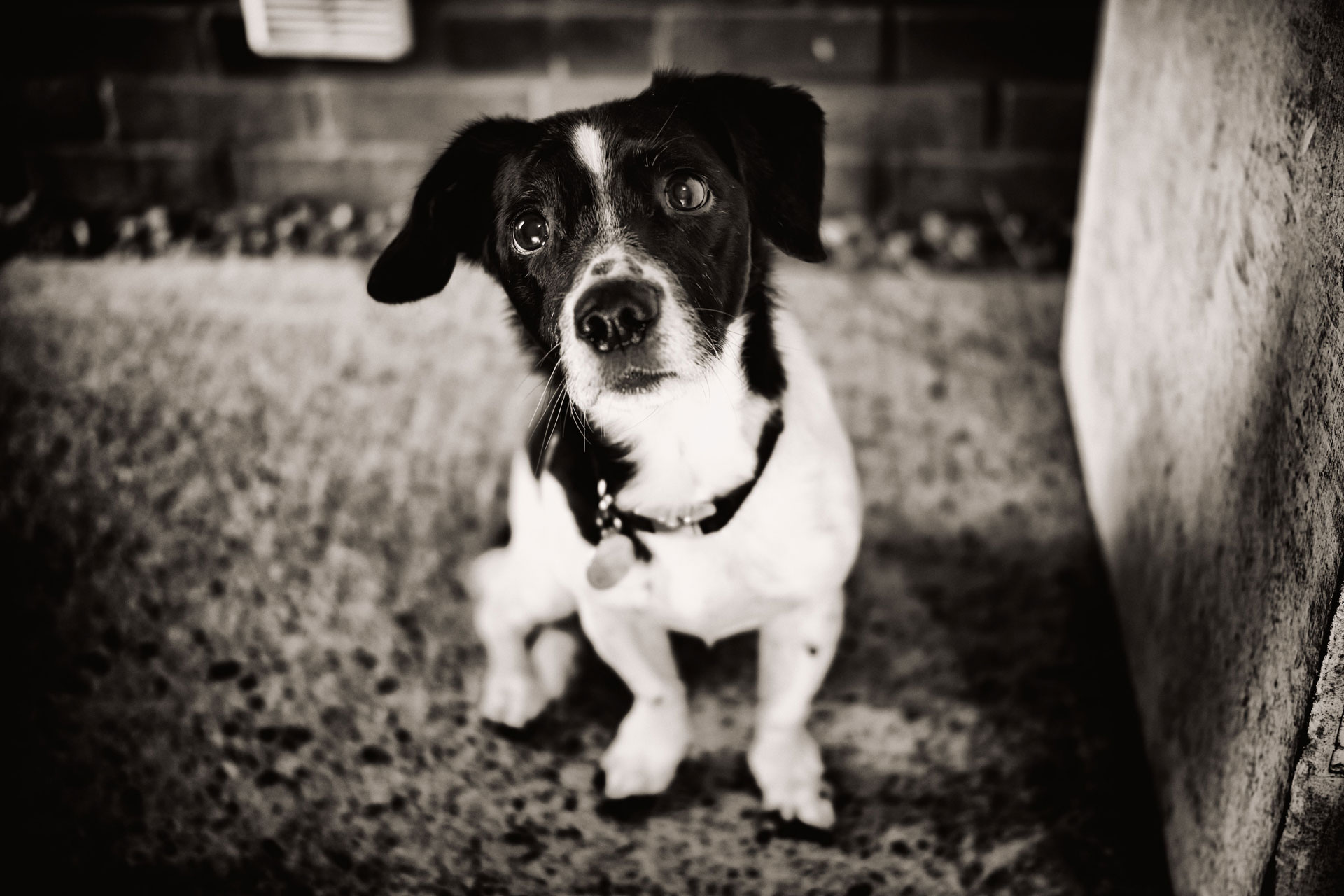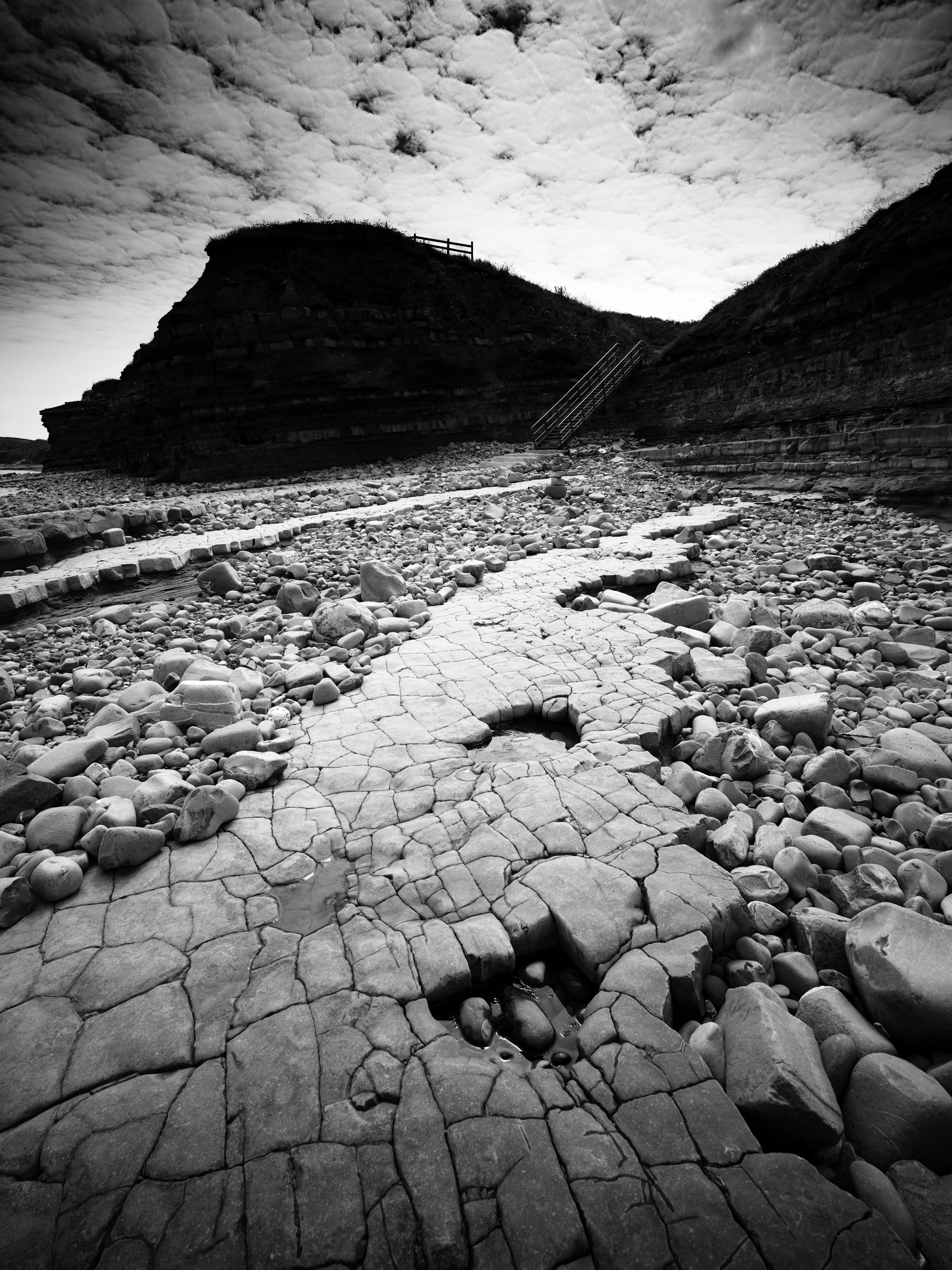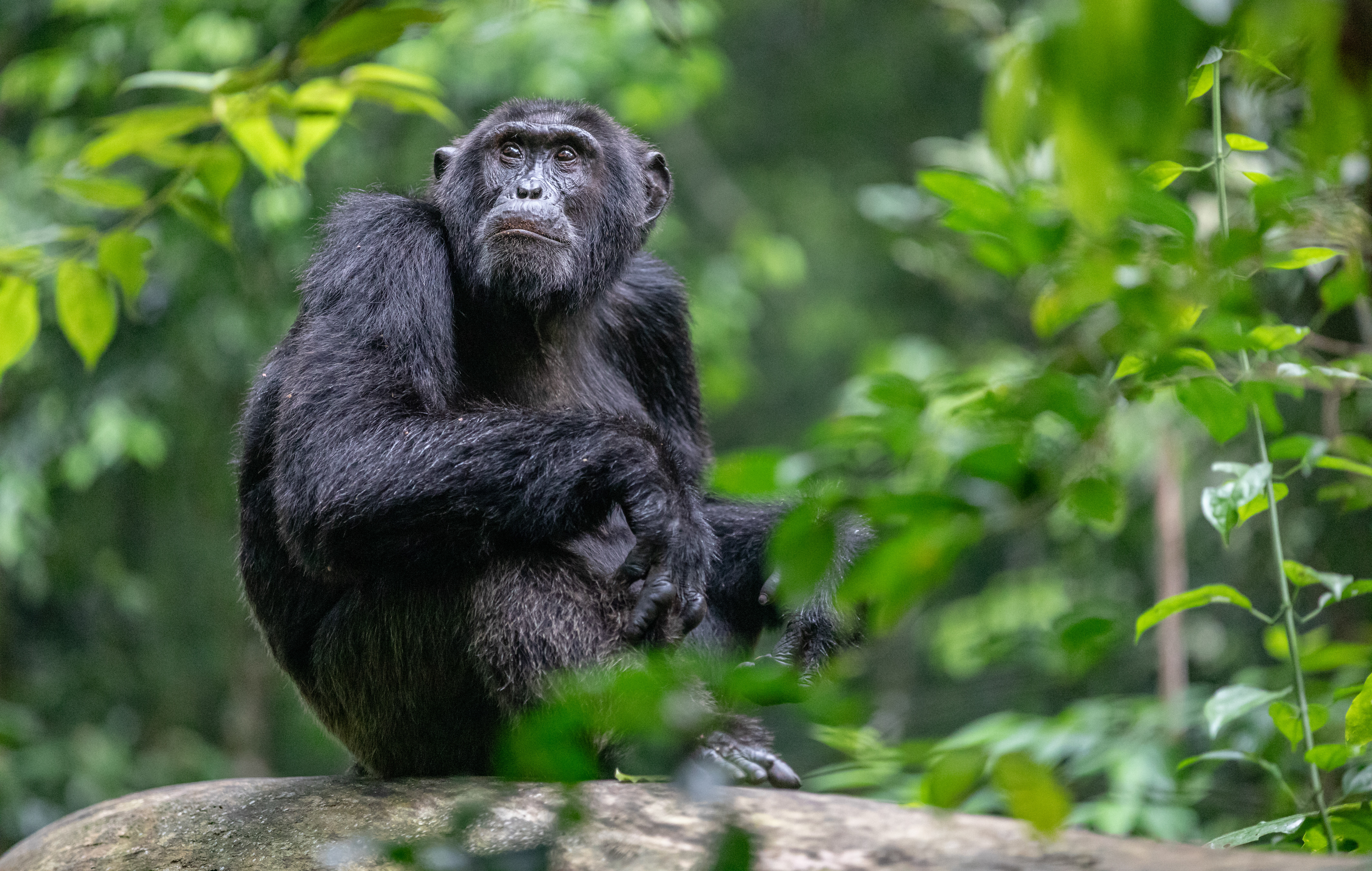What is dodging and burning?
Discover the roots of these curious terms, and how to use their digital namesakes in today’s image-editing software

Dodging and burning are two terms from the days of handprinting in the chemical darkroom, but are so prevalent in photography that their use has extended through to digital on-screen processing in software like Photoshop.
In essence, to ‘dodge’ means to hold back the light from an enlarger lamp – thus making an area brighter in tone – and to ‘burn’ means to increase the exposure time from an enlarger lamp, thus making the affected area darker.
Dodging was usually accomplished with a circular disc on a wire to throw a shadow onto the paper (hence the Photoshop icon) and burning used a hole in piece of black paper, or sometimes, just the printer’s hand shaped like an ‘OK’ sign.
Because nothing was certain about the intensity of either effect until the print was developed, darkroom dodging and burning was a real art, and the skill was in applying the effect without leaving a hard edge or overdoing it.
Digital dodging and burning

So, knowing that dodging is ‘to make brighter’ and burning is ‘to make darker’, we’re fully equipped to explore the digital counterparts with the Photoshop tools of the same name. These tools are grouped together with the Sponge tool, which is used to soak up any increase in saturation after they have been used on colour images.
The key to using the Dodge and Burn tools is found in the Options bar at the top of the screen, as either tool can be assigned to a specific Range (Highlights, Midtones or Shadows) and both can be given an Exposure value. By default, the latter is set to 50% which is way too high for delicate photographic use, so after setting the Dodge tool’s Range to Highlights, reduce Exposure to a low value of around 5%. With the Burn tool, set Range to Shadows and use the same low Exposure of 5%.
Make a copy of the image (Ctrl/Cmd+J) so you’re not working on the original, and with a soft-edged brush, play the tool over the area you want to change. Adjust brush size with the square brackets keys, and build up the effect gradually. By switching the visibility icon off and on alongside the layer you’re working on, you can check your progress and compare the dodging/burning effect with the original to see the difference. If you push the effect too far, hit Ctrl/Cmd+Z to undo.
With careful use, dodging and burning can be used to fine-tune the contrast selectively over different areas of a scene, giving the image greater impact. However, used clumsily, it’s all too easy to ruin an image, so always stick to low Exposure values, and take your time when working on a photo.
Read more:
• Dodge and burn in Photoshop
• Best photo editing software
• DxO Nik Collection 4 review
Get the Digital Camera World Newsletter
The best camera deals, reviews, product advice, and unmissable photography news, direct to your inbox!
Andrew makes his living as a photographer, videographer and journalist. For 26 years he was a specialist magazine editor, the last 13 of which were on Practical Photography magazine. A long-time expert in photographic techniques across many disciplines, he's a self-confessed photo generalist, and a font of creative knowledge to capturing just about any subject, although he has a strong leaning to wildlife and travel photography. Andrew's wide-ranging photography experience means he authors the long-running Photo Answers section for Digital Camera Magazine. His work as a journalist, guide and educator dovetails neatly into his commitment to Foto-Buzz - an online subscription community he founded, where Andrew writes articles, films tutorials and records blogs on all manner of photo-related subjects and techniques for enthusiast photographers.

